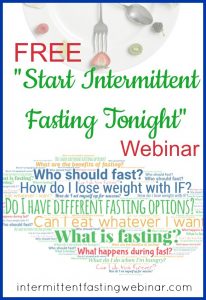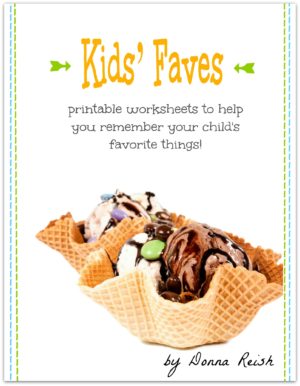We have talked at length about what a sentence contains:
C apital
A ll makes sense
V erb
E nd mark
S ubject
CAVES!
Again, most people have trouble witht the A one–All makes sense. When a “sentence” doesn’t make sense, it is often because it is not a sentence at all, but it is a phrase or a clause.
We are going to talk in detail about phrases and clauses in the upcoming weeks because we are going to talk a lot about sentence structure–openers, simple sentences, compound sentences, etc.
So…a little “phrase and clause” lesson is in order first:
1. Phrase–
a. Group of words
b. Group of words that is not a sentence
c. Group of words that is not a sentence and does not usually contain a subject and a verb (though may seem to have one or the other)
d. There are various types of phrases–the one that people are most familiar with is the prepositional phrase–begins with a preposition and ends with the object of the preposition:
i. over the clouds
ii. into the clouds
iii. around the clouds
iv. within the clouds
v. under the clouds
2. Clause
a. Group of words
b. Group of words that might or might not be a sentence
c. Group of words that contains a subject and a verb
d. Two kinds of clauses
i. Independent clause–also called a sentence
ii. Dependent clause–also called a subordinate clause
Don’t despair! These are not as complicated as they sound! You write with them all the time–but I hope to help you recognize them and punctuate them correctly in sentences–over the next few weeks!
Happy writing!



